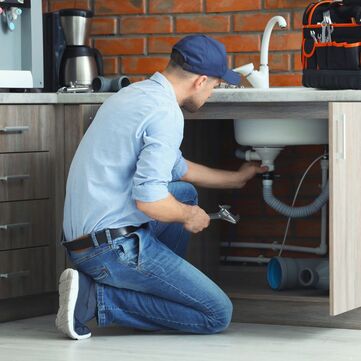 As the flowers bloom in the Midwest, it's time to shift our focus to springtime maintenance tasks around the home, including our plumbing systems. Winter can be harsh on pipes and fixtures, so giving your plumbing some TLC is essential to ensure everything is in top shape for the warmer months ahead. In this blog post, we'll provide a comprehensive spring plumbing maintenance checklist to help you prepare your home for the season. Inspect Outdoor Faucets and Hoses:
*Essential Plumbing Tips: Maintaining Your Home’s Vital Systems | Pirdu. https://pirdu.com/essential-plumbing-tips-maintaining-your-homes-vital-systems/
0 Comments
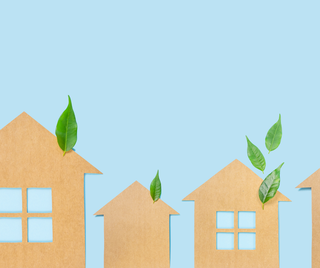 Looking for ways to save water and energy in your home, while improving your environmental impact and potentially lowering your utility bills? Here are some things you can do: Water Conservation:
 Choosing the right plumbing fixtures and upgrades for your bathroom remodel can be overwhelming, but it's an exciting step towards creating your dream bathroom. Here are some key factors to consider to ensure you make the best decisions: Function and Needs:
 The New Year is here! What better way to ring in the new year than with a smoothly functioning plumbing system? Here are some tips to help you tackle those pesky plumbing issues and ensure your pipes are happy and healthy in the new year: Resolution #1: Tackle those lingering leaks:
By following these simple tips, you can ensure your plumbing system runs smoothly throughout the new year. Remember, taking care of your pipes today saves you time, money, and stress in the long run. So, raise a glass (of water, of course!) to a fresh start and happy plumbing in the new year! 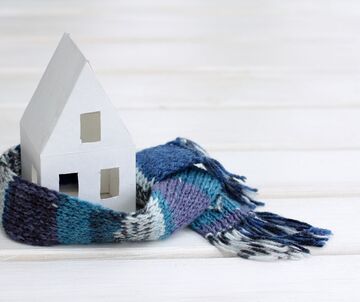 Winter's icy grip can wreak havoc on your plumbing system in the Twin Cities, leading to frozen pipes, burst lines, and costly repairs. With a little preparation and some proactive steps, you can keep your pipes happy and your home warm throughout the season. Here are some essential winter plumbing tips to prevent frozen pipes and keep the water flowing: Insulate Exposed Pipes:
Bonus Tip: Consider installing a freeze alarm on vulnerable pipes to alert you if the temperature drops to a dangerous level. By following these winter plumbing tips, you can minimize the risk of frozen pipes and ensure your home's plumbing system operates smoothly throughout the cold season. Remember, prevention is key! By taking proactive steps, you can avoid costly repairs and enjoy a worry-free winter. We’re always here to help!  The holidays are a time for joy, celebration, and togetherness. But they can also be a time for clutter and chaos. After all the presents have been opened, the feasts have been eaten, and the guests have gone home, you're left with a house that needs some serious TLC. Don't fret! With a little planning and effort, you can get your home back in order in no time. Here's a step-by-step guide to holiday clean up: 1. Assess the damage The first step is to take a look around your home and assess the damage. What needs to be cleaned, organized, or decluttered? Make a list of all the tasks that need to be done, and prioritize them based on importance. 2. Start with the big stuff Once you have your list, start with the big stuff. This includes things like taking down decorations, putting away wrapping paper and gift bags, and cleaning up any spills or messes. 3. Declutter and donate The holidays are a great time to declutter your home. Go through your belongings and get rid of anything you no longer use, need, or love. You can donate these items to charity, sell them online, or give them away to friends and family. 4. Clean and organize Once you've decluttered, it's time to clean and organize. This includes dusting, vacuuming, mopping, and putting away any stray belongings. Take some time to deep clean areas that may have been neglected during the holiday rush, such as the kitchen, bathrooms, and bedrooms. 5. Don't forget the outside Your holiday clean up shouldn't just be limited to the inside of your home. Take some time to tidy up your outdoor spaces as well. This includes things like raking leaves, putting away patio furniture, and cleaning up any holiday decorations that may have been left outside. 6. Reward yourself Once you've completed your holiday clean up, take some time to relax and reward yourself. You've earned it!  Wondering what you should really tackle while the weather is still in nice in the Twin Cities... you know before we get snow? Here are some things to consider to help keep your plumbing working great this season:
Here are some additional tips:
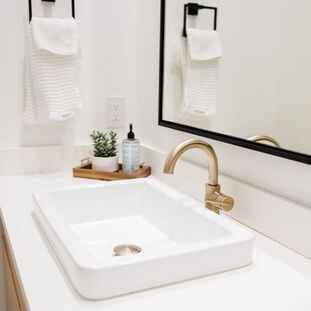 Your home's plumbing system is one of the most important systems in your home, but it can often be overlooked until something goes wrong. It’s important to have a basic understanding of how your plumbing system works and how to maintain it, so you know the proper steps to take. In this blog, we will cover everything you need to know about your home's plumbing system (and maybe stuff you didn’t want to know). We will cover how it works to common problems and how to fix them. For tips on how to fix plumbing issues, you can see the other topics in our blog. Let’s talk about how your home's plumbing system works: The plumbing system in your home is made up of a network of pipes and fixtures that deliver water to faucets, showers, toilets, and other appliances. The water then flows through the sewer lines and out of your home. Simple right? The plumbing system is divided into two main parts: the water supply system and the drainage system. The water supply system The water supply system delivers clean water to your home from the main water line. The water enters your home through the main shut-off valve, which is typically located near the front of your house. The water then flows through a series of pipes to the various fixtures in your home. The pressure of the water is controlled by the water pressure regulator, which is also typically located near the main shut-off valve. The drainage system The drainage system removes wastewater from your home and sends it to the sewer line. The wastewater flows through a series of pipes to the main drain line, which then exits your home and flows to the sewer line. The drainage system is equipped with traps, which prevent sewer gases from entering your home. Traps are also designed to catch debris, such as hair and soap scum, before it enters the sewer line. How can you maintain your home's plumbing system?
If you have any questions or need help with a plumbing emergency, we’re always here to help!  It's hard to believe that it August is already here and we're preparing the kids to go back to school. Where does the time go? If back to school is a time of chaos for you and your family, here are a few tips that may help!
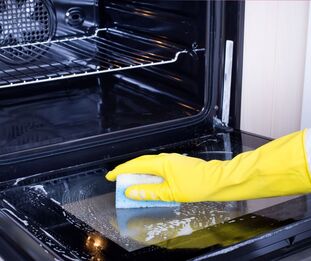 Everyone loves a helpful hack to make lives a little simpler, right? We've put together this fun list of things you may not have thought of to save you time, energy, and money:
|
AuthorAt Tony's Plumbing & Heating, we offer outstanding residential and commercial plumbing and heating services in the East Twin Cities metro. With our blog, we hope to bring you useful tips and tricks for ever day life! Archives
January 2024
Categories
All
|
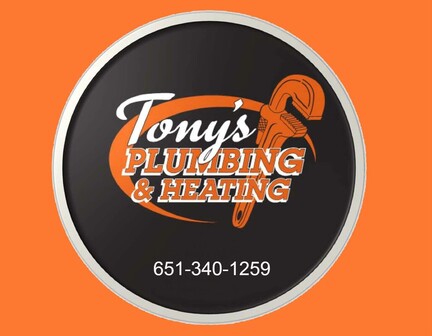
 RSS Feed
RSS Feed